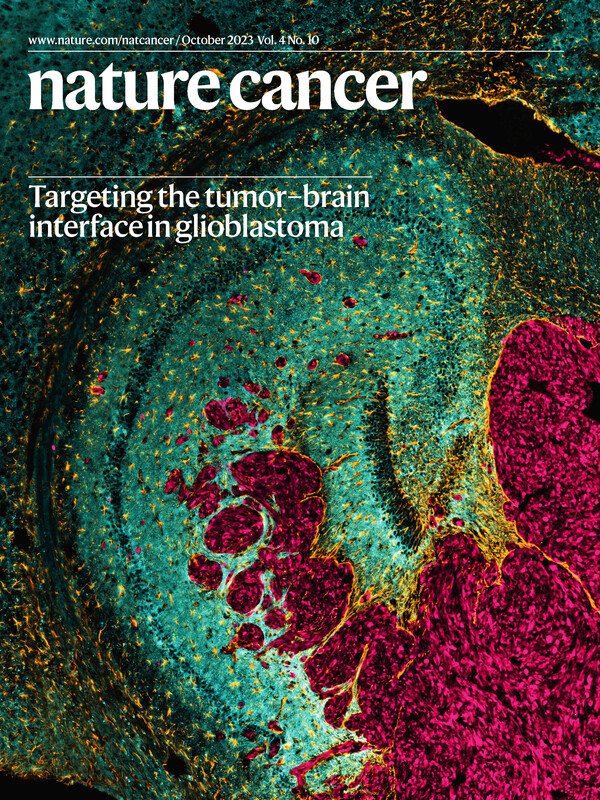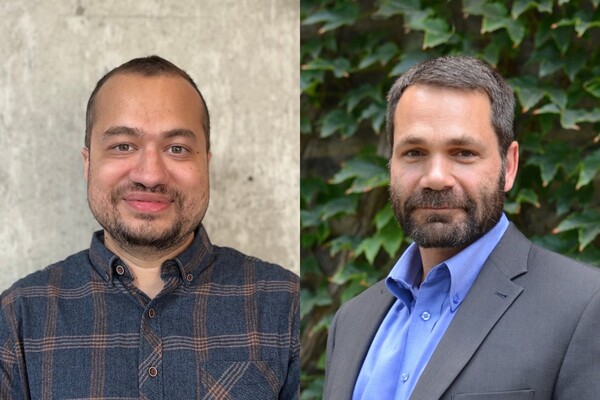MoGen Researchers from Xi Huang Lab Pave the Way for New Glioblastoma Treatment

A New Era in Glioblastoma Treatment
In a major advancement for brain cancer treatment, researchers from the Department of Molecular Genetics at the University of Toronto have made a breakthrough in targeting glioblastoma (GBM), the most common and aggressive type of brain cancer. Dr. Xi Huang and his then PhD student (now Dr.) Weifan Dong led the research, which has been published in the Nature Cancer journal. The project focused on developing an innovative designer peptide therapy that would greatly outperform standard chemotherapy care in preclinical models.
The study aimed to discover the mechanism of a potassium channel complex that is enriched in GBM tumours. By understanding its role in driving cancer progression, the researchers aimed to devise methods to effectively mitigate this channel's function. Dr. Dong provides further explanation:
“The central finding of our research is the discovery of the function and mechanism of a tumour-enriched potassium channel complex, specifically the EAG2-Kvβ2 complex, in glioblastoma. Our work elucidates how this complex plays a critical role in tumour progression. Building on these insights, we developed an interfering designer peptide to disrupt the protein-protein interaction that mediates the formation of this channel complex.”
Understanding GBM
Glioblastoma multiforme (GBM) is an aggressive type of brain tumour that spreads quickly and is difficult to treat. Patients diagnosed with GBM typically have poor prognoses, with an average survival rate of only 15 months. It also has a low survival rate and is resistant to most chemotherapy treatments due to its genetic diversity and ability to adapt to various treatments.
The difficulty in targeting GBM lies in their highly heterogeneous molecular profile, which means that it has many different subtypes that require different therapeutic approaches. This complexity makes it difficult for cancer researchers and clinicians to target all the existing subtypes of GBM using a single treatment method. Thus, finding a common target in all subtypes would be a way to stop this disease and improve treatment outcomes.
Targeting a Tumour-Specific Molecular Pathway
Upon investigating various clinical GBM subtypes for protein interactions, Dr. Dong discovered two interacting proteins, EAG2 and Kvβ2. These proteins form a potassium channel that is seen across all GBM subtypes. This protein-protein interaction is essential for intercellular communication between neurons and GBM cells, playing a key role in promoting tumour growth, invasion, and resistance to chemotherapy.
By employing the designer peptide, Dr. Dong could effectively inhibit the formation of this potassium channel, thereby inhibiting both growth and invasion of all GBM subtypes in preclinical models. Because the EAG2-Kvβ2 interaction is cancer-specific (not present in a variety of tested normal cell types), the designer peptide spared healthy cells while killing even the most chemotherapy-resistant GBM cells.
Future Directions
Dr. Dong's research has led to finding a designer peptide that effectively targets neuron-associated GBM cells, demonstrating strong efficacy in treating temozolomide-resistant GBM. These promising findings pave the way for a next-generation therapeutic agent benefiting patients with GBM. Moving forward, the immediate focus involves advancing the designer peptide into clinical trials and commercialization efforts with the Intellectual Property & Commercialization (IP&C) office at The Hospital for Sick Children. Dr. Huang's active efforts aim to ensure the accessibility of this treatment to patients, offering novel hope in GBM treatment, as demonstrated in various preclinical models.
For further inquiries or to learn more about this groundbreaking research and its potential impact on glioblastoma treatment, please contact:
Contact name: Nalma Uy, Administrative Assistant to Dr. Xi Huang
Email: nalma.uy@sickkids.ca
Phone: (416) 813-7654 Ext: 309120
Xi Huang's Lab Website
Watch an animation of the protein-protein interaction
News


